Release: The all-new Lazer Jackal
"Speed, thrill & style are the best friends of any hardcore mountain biker. At Lazer, we truly believe that the best a brand can do is create the perfect match between a rider and their gear, and that is exactly what we aimed to do with Jackal. When building this helmet, we always kept in mind that we wanted to enable any mountain biker to maximize their comfort, enjoyment & freedom while riding on the trails. Here is the result.
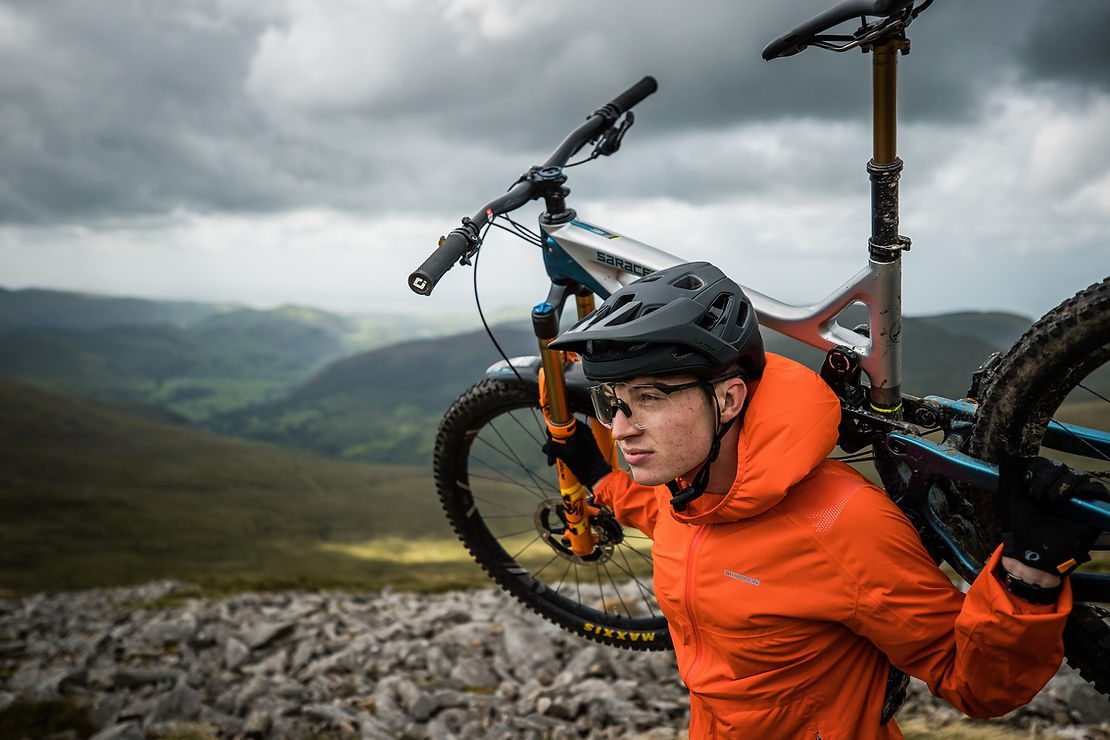
Comfort has been optimized on all angles to give riders the ultimate trail riding sensations. 7 different shells shape this lid, making it a premium looking helmet. The smart placement of the ventilation channels provides the best possible cooling performance; even when riding with goggles or eyewear. Because it is never wise to change a winning team, we designed Jackal to feature our renowned Lazer Advanced Turnfit® system with its vertical & horizontal adjustments.
Equipped with a neatly finished adjustable visor, a universal rear grip, an ultra-light & easy to open magnetic buckle, and camera mount included, the Lazer Jackal has all the features needed to go on the most extreme rides. Lazer Jackal was tested by Virginia Tech’s helmets safety test facility and awarded a perfect 5 stars for safety, bringing the total number of Lazer 5-star rated helmet models to a stunning 10!
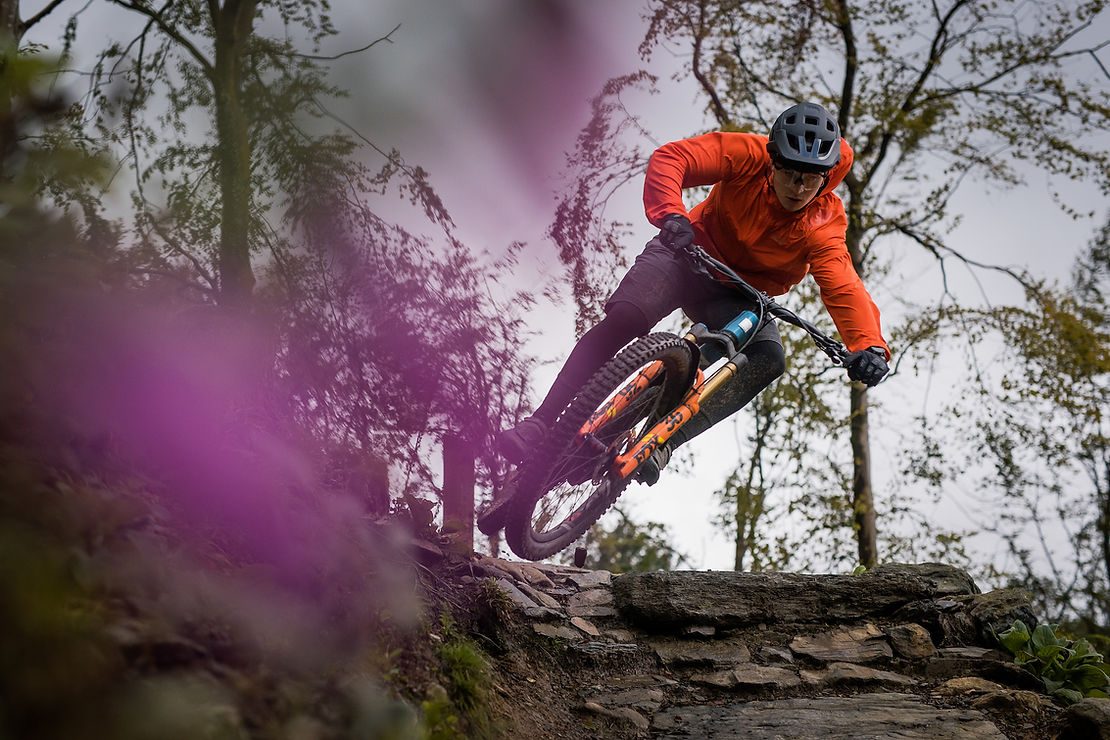
We created and tested this helmet with some of the best mountain bikers in the world. We worked with them on every step of the process to come to this result. Having experienced riders like Thomas Vanderham & the 2020 UCI Downhill World Cup winner Matt Walker on board for this product development has been extremely helpful in considering every single real life riding parameter.
Thomas Vanderham, professional mountain biking legend: ‘The Jackal is a very relevant helmet in the area that I live and ride. I would recommend it to riders of all ability levels who are looking for a full feature helmet that offers lots of protection.’ "
Release: The all-new Santa Cruz Nomad
"Big mountain riding is a nomadic existence. Meeting friends in far flung car parks, pinpointing trails you're not sure are even rideable, sending the ones you know are. Shiny new bling gets battered, shattered and bruised. That’s life. That’s how it should be. That's why the Nomad exists.
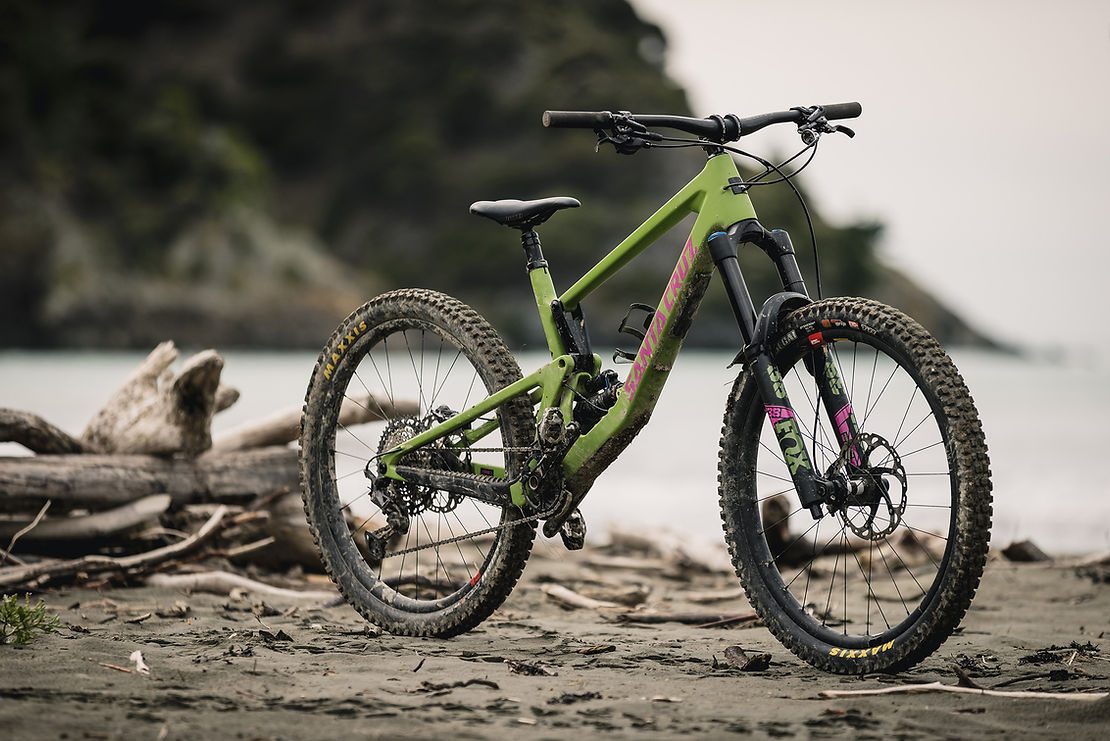
Probably the most abused bike in our line up, every Nomad has a story to tell. But each Nomad we've made keeps coming back for more. It's not Stockholm Syndrome, it's called sealed bearings in all pivots, lower link grease port, shuttle guards and free bearing replacements. Bikes are not disposable, so why scrap a frame when a simple bearing service can make one last a lifetime? That's our stance on sustainability at least, and it's why our carbon fibre doesn’t just mean lighter, it means tough as hell, lifetime warranty and crash replacement support.
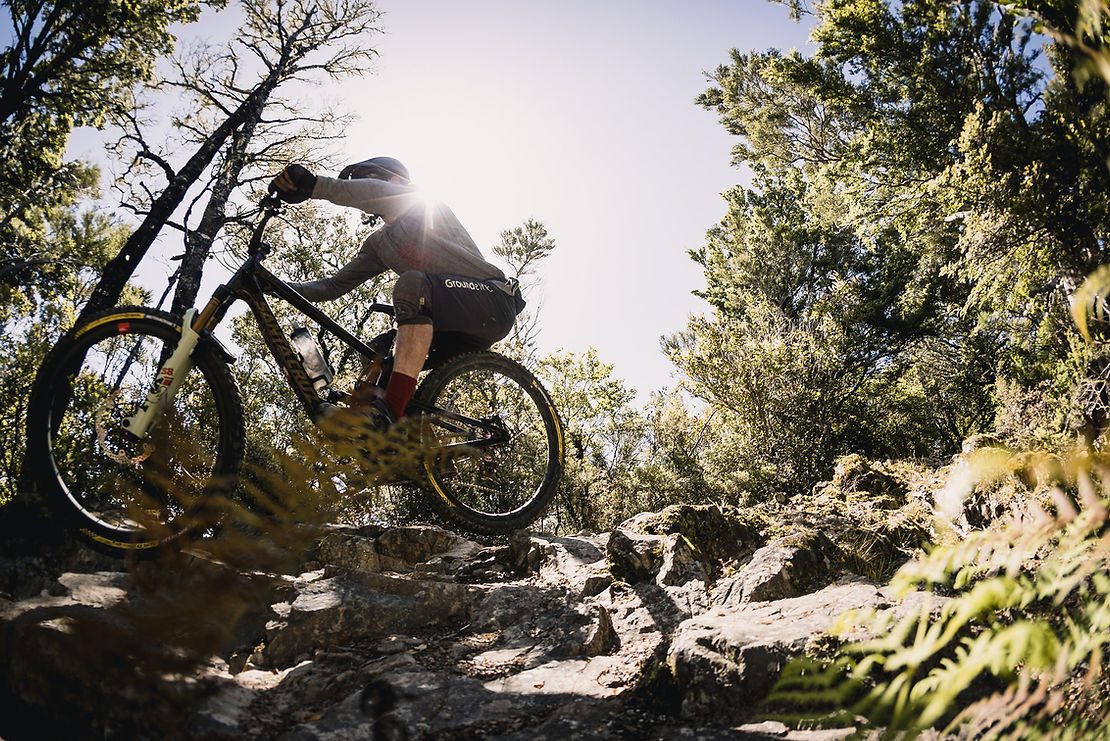
Chuck the bike in the back, make sure there’s gas in the stove and enough biscuits for the journey. The destination? All points between here and wherever. The Nomad is the kind of bike you need never worry about all summer long. Sorry we can't say the same for the locked public washrooms and parking tickets."
More coming in #101. Stay tuned...
Story: Outta Range on the Old Ghost Road - Presented by Bosch Pt. 3
8:50am/0kms/Full Battery.
As soon as we entered the trail and attacked the long climb, the countdown began. This is one hell of a climb up to 1,456m, and it covers 28km in the process. Our estimates were that we’d have around half the battery by the time we reached the summit. The day dragged on and so did the bloody climb and the range anxiety only got stronger as we saw the battery status bars dropping. This was the reason behind our ever-growing stress about whether we’d make the whole trail or not. And, more importantly, what we’d do if we failed.
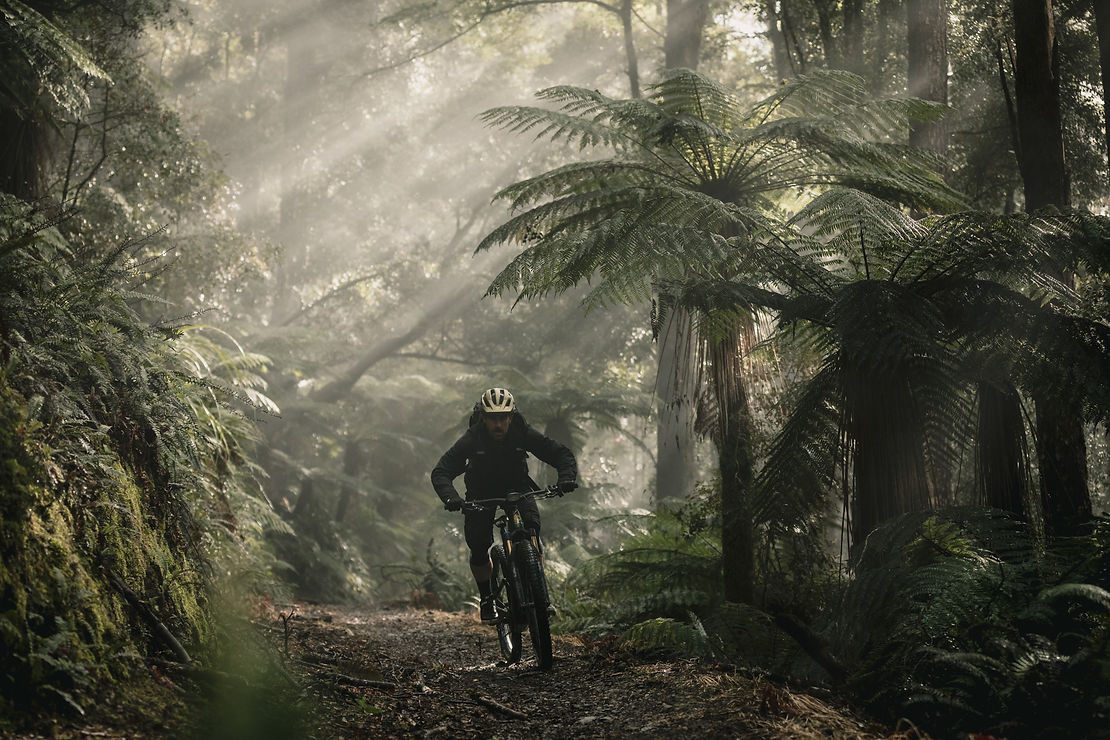
12:30pm/16kms/45% Battery.
The climb is steep for the first 10km, then flattens before ramping up again for the last 8km. Most of the last section is loose and soft which sucks a lot of energy. For the whole ride, we decided we’d use eco mode in order to conserve the battery. By this point we were pretty jaded so we munched on some lollies and tried to suppress the stress of the low percentage battery. It was evident that whatever happened, it would be a challenging afternoon.
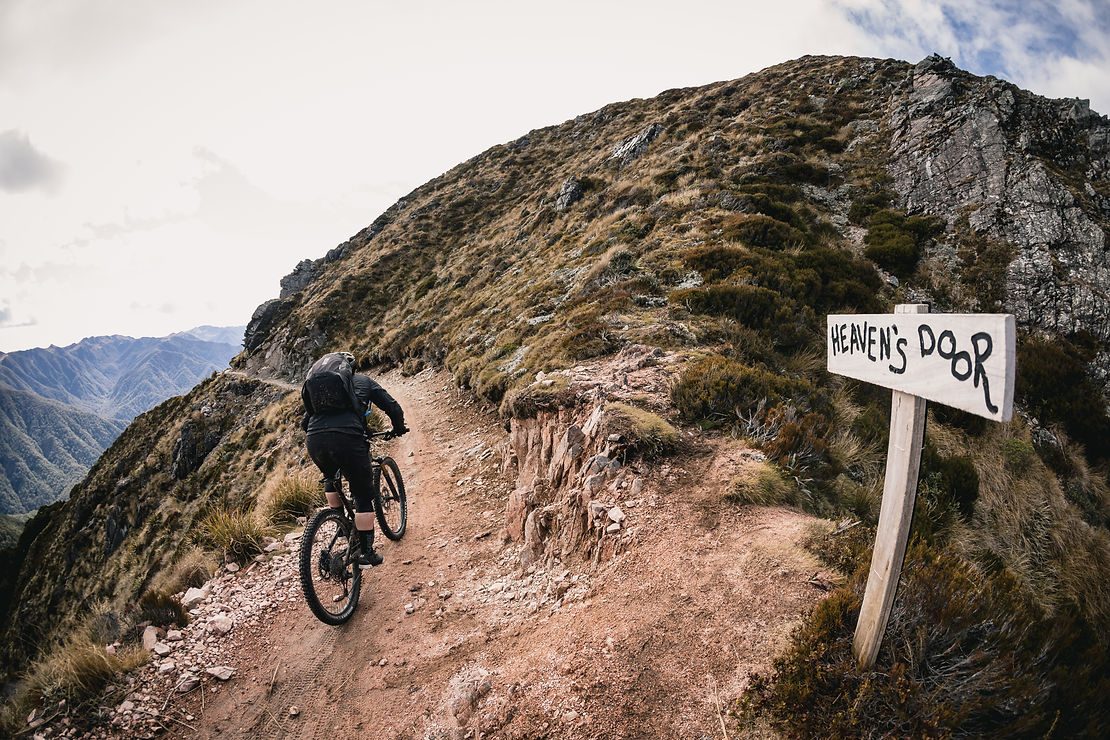
1:30pm/28kms/32% Battery.
We finally reached Heavens Door and we could see bad weather coming in and the temperature was dropping. As we sat beside the trail eating some Scroggin, a few snow flurries came down and I had the sense of being a little more scared than worried. Some more food was consumed, then we rode the highest part of the trail which is super epic with views, but it has a ton of exposure. At this point, I turned the battery on/off whenever it was needed, in order to try and conserve it.
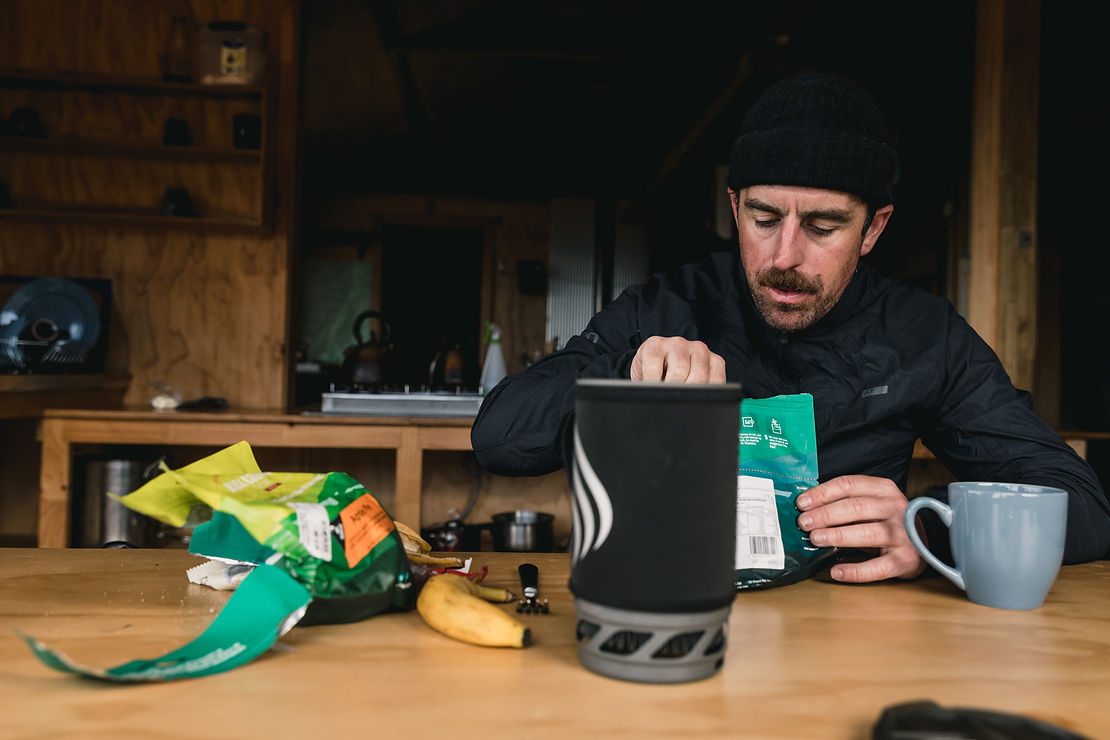
2:10pm/30kms/28% Battery.
Yes - slight relief! We made it to Old Ghost Lake hut for lunch and unpacked our grub. This is the beauty of mountain biking - it gives you access to remote parts that would otherwise go unseen. We were quite broken and needed a ton of food to replenish ourselves. They may be eMTBs but you still need to ride them. Even though the bikes have power assist, it still takes its toll. Whatever the rest of the day delivered, we were still super thankful to be in this incredible backcountry.
2:45pm/30kms/28% Battery.
After seeing the battery status pop up again on the Bosch Kiox and knowing we only had a few hours of daylight to play with, it was getting sketchy. We didn’t mind riding in the dark, but without battery assist the bikes would become very heavy. At this point a second battery would have been ideal. However, that wasn’t the case, and after some discussions about making a call whilst we had phone reception it was one of three options. One - ride out the best we could and, if we didn’t make it, find a hut to park in for the night (bearing in mind we didn’t have overnight clothes or enough food for two days and we’d still need to get out the next day - without electric assist). Two - ride back to the start point in Lyell then try and get someone to relocate the car back for us. Three - get a helicopter out of the trail and over to Seddonville; we opted for this option. This decision was made mainly thanks to my contacts at Murchison Heli Tours. I put the call to Ange and explained our situation - within an hour, Rob (the pilot) was in the air.
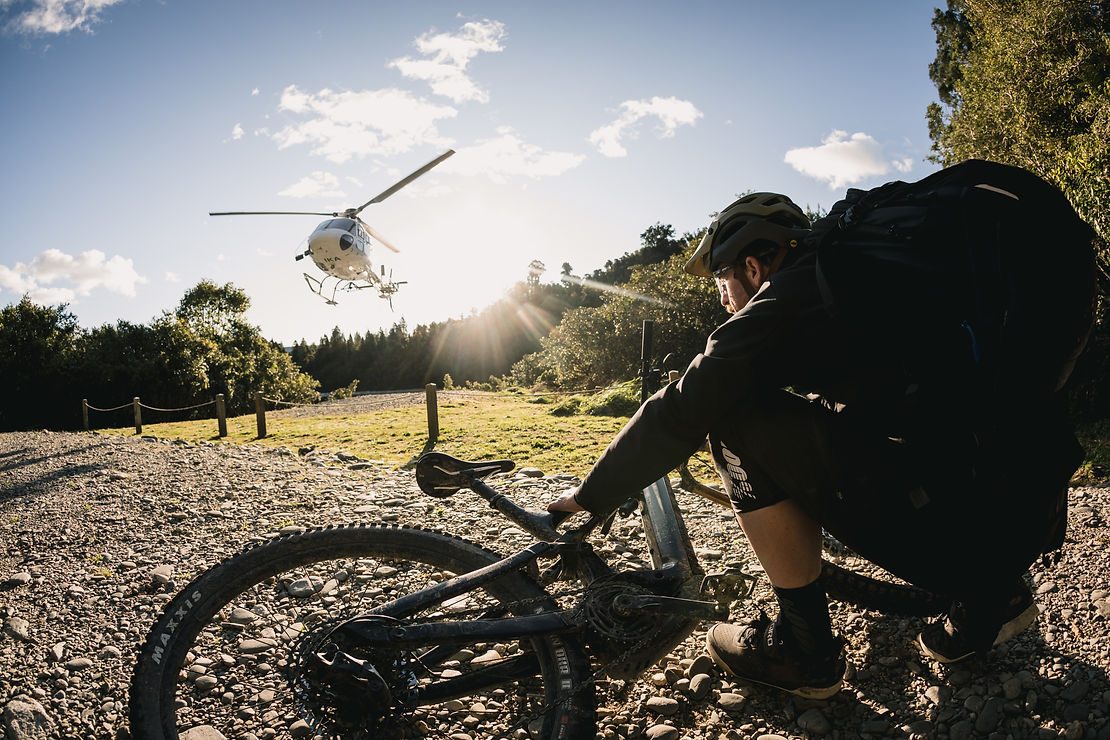
4:13pm/38kms/20% Battery.
The evacuation – Rob jumped out of the heli and shook my hand strongly, then laughed about the situation we’d found ourselves in. As we flew back across the incredibly rugged terrain, I was resentful that we didn’t get to ride out, however, we were both thankful to be getting out safely and there was relief after spending most of the day in a state of anxiousness. After landing, and thanking Rob and his crew, we met a couple who’d ridden it in one day on eBikes. Their story, however, was a little different: they both took - and needed - two batteries.
The Conclusion
A few pints of beer went down in the Seddonville Hotel whilst the locals sung songs. We yarned about what went wrong. How could we have done it better? Why did we use so much battery? Surely, we could have gone further. The long list of questions did get answered, but it opened up a new set of answered questions too. For
both of us, the thought of not completing the task was a hard pill to swallow. That said, I was thankful to be sitting in a warm pub sipping a cold beer, rather than out on the trial somewhere without any eBike battery assist.
Now, we must note, we were trying to find the limits of the eMTB Bosch Gen4 batteries - and as you’ve read, we did! But the trail can be (and should be) ridden with two eBike batteries. Of course, as technology evolves, so will the range. Whilst eBikes are quite advanced and offer great accessibility they, like most things, have their limitations. I for one can’t wait for the next era of eMTBs! Old Ghost Road on eMTBs will be revisited - and next time we will be more prepared - so stay tuned for the next episode!
Words: Liam Friary
Images: Cameron Mackenzie
News: The all-new Canyon Stoic
Having the best time on an MTB ride isn’t always dependent on how flash your gear is. Our all new Stoic is proof that you can rip down your favourite trails with a huge grin on your face- without the words ‘kinematic’ or ‘shock setting’ ever crossing your mind. We started out wanting to produce a versatile, capable hardtail to take on anything, without it breaking the bank. A bike that makes sense whether you happen to be a young rider on a budget, a newcomer wanting to dive into the ‘gnarlier’ end of MTB, or a seasoned shredder looking for a fun hardtail to add to your stable. What we ended up with is an all-new, bombproof alloy hardtail, featuring progressive geometry, and rock-solid components. It’s available in a huge size range, with 29-inch wheels for taller riders and a 650B setup for shorter riders.
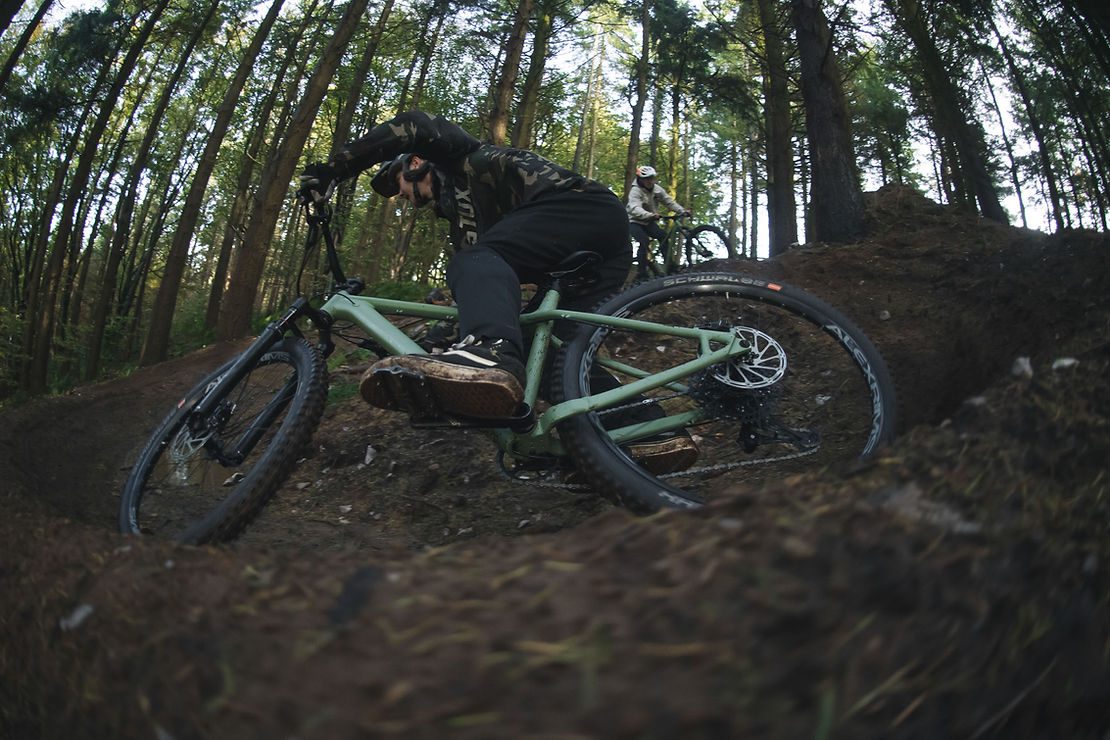
The Stoic keeps things fun- whether pushing limits on steep technical trails, playing around at the local pumptrack or just riding through your neighbourhood. Sitting among our category 4 quiver of bikes, it’s been tested and approved to withstand the same punishment as our full blown enduro rigs. Combine this with the low-slung top tube and low maintenance design, and you wind up with a tough and reliable rig that’s the perfect training buddy as hone your riding skills.
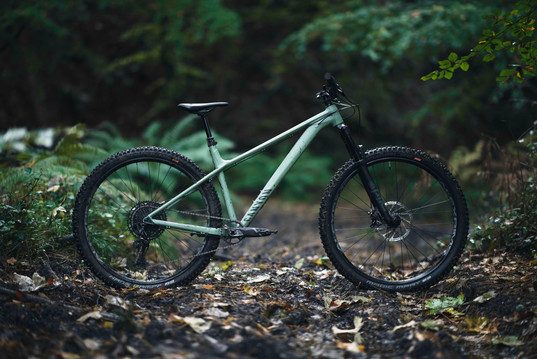
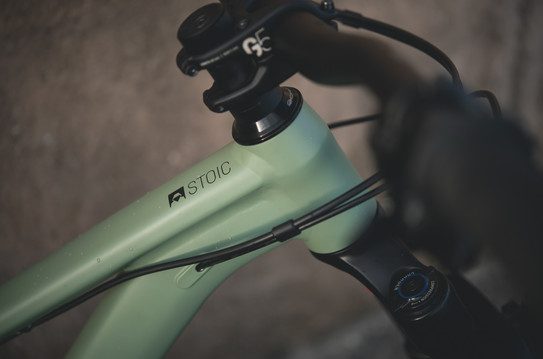
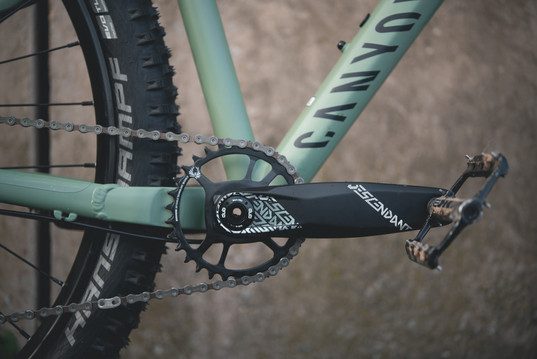
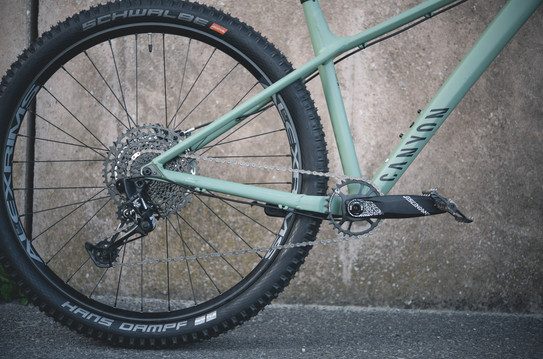
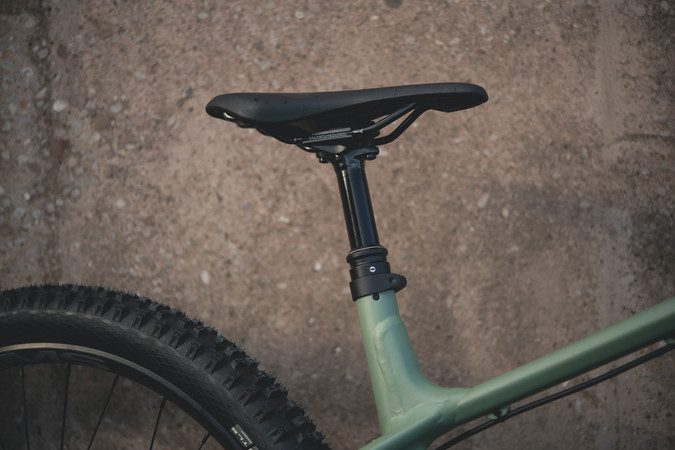
The Stoic line-up features three models. All 29er options (sizes M-XL) are fitted with 140mm travel forks and all 27.5 wheeled bikes (2XS-S) get 150mm travel forks. At €799* the Stoic 2 is the most affordable option, but it doesn’t scrimp on quality. Featuring the same burly 6061-alloy frame as the rest of the range, the ever-reliable Shimano Deore drivetrain and the sturdy SR Suntour XCR 34 Air fork. The mid-range option, the Stoic 3, costs € 1,199* and has everything a trail bike needs, including an Iridium dropper post, wide-range SRAM SX Eagle drivetrain and a Rockshox Recon RL fork. At the top of the tree sits the Stoic 4 at €1799*. Fitted with parts the discerning hardtail rider will appreciate, including the bump-gobbling Rockshox Pike fork and swank Canyon G5 cockpit, our top-shelf Stoic punches way above its weight out on the trail.
Review: Jetboil Flash
I always saw a Jetboil as a ‘nice to have’, never a necessity. Nothing was wrong with my tried and true billy and cooker - hell, it even had character - but when I saw my mate pull a Jetboil out of his pack on a recent adventure, ‘nice to have’ became need. The Jetboil completely rethinks how a camp cooker works. It still utilises the same gas canister and burner arrangement, but features new tech in the bottom of the pot, using FluxRing – which has a similar appearance to honeycomb - to create more surface area, allowing for much more heat dissipation. In turn, this equals lightning-fast boiling and greater heat control.
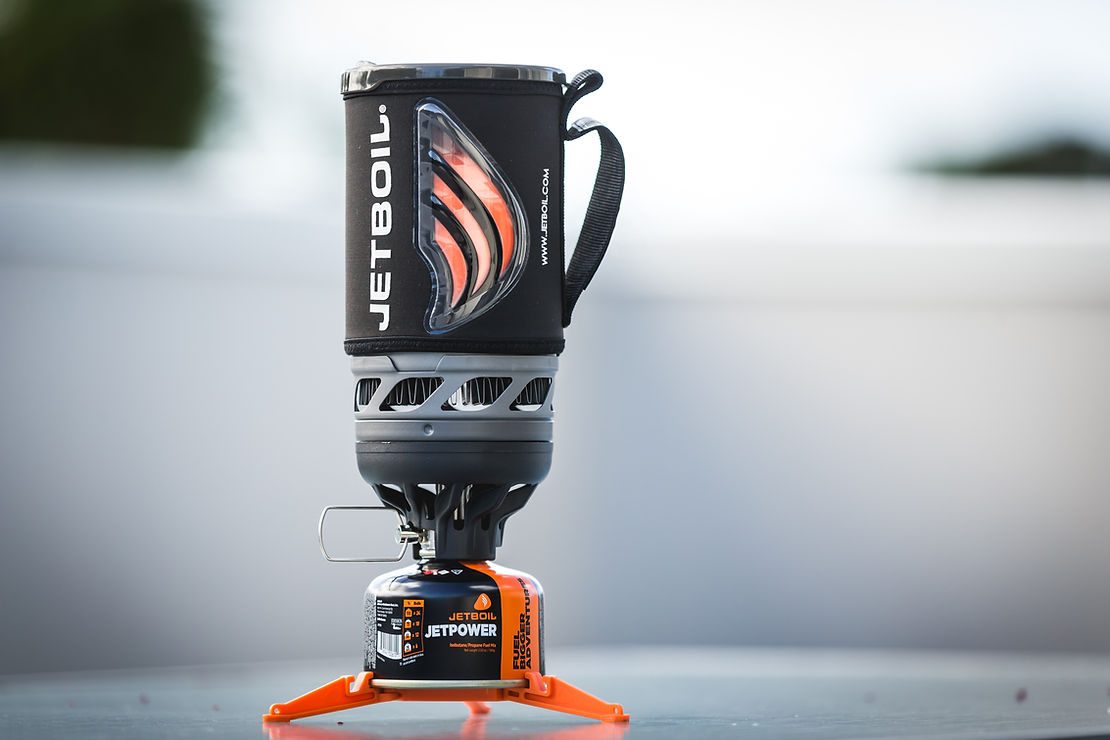
I’ll admit, I thought the whole concept was a little gimmicky at first, but upon using the Flash for the first time myself, I quickly understood what it was all about. Using the Jetboil is straightforward, and it’s clear the integration and usability has been well thought out. The whole unit; gas canister, stand, burner and cup, all pack inside the main flask for easy transportation. Say goodbye to wet matches or a broken lighter, because this burner has push-button ignition.
Using the Jetboil
Using the Jetboil is straightforward. After you’ve got the hang of the setup and breakdown process, using it in the field is simple. The base assembles easily by threading the burner and gas canister together then clipping the stand on - make sure you do this in a well ventilated area as it does hiss a little bit of gas. The flask and burner slide together and create a secure fitting which leaves you feeling assured that no matter how delirious you are after your day’s effort, you won’t knock two cups of boiling water over yourself without trying really hard.
It will surprise you how quickly it brings water to the boil, but the neoprene sleeve on the flask has a brilliant, built-in temperature gauge that ascends in an orange color to show you how close to boiling it is. My suggestion is to leave the vented lid on while bringing ingredients to the boil, as it can spill over very quickly and make turning the heat down very difficult. I learnt that out the hard way...
Is it worth the money and is it right for me?
If all you’re only eating freeze-dried meals or drinking hot beverages while out in remote areas, then this is all you need. If you’re looking to cook or fry food, then the addition of their traditional pot holder and a conventional pot/billy would be better suited. Either way, the Jetboil flash system is all I will be taking with me from now on, for speed, portability and ease of use.
Words & Image: Cameron Mackenzie
Story: Outta Range on the Old Ghost Road - Presented by Bosch Pt. 2
The Mission
We wanted to ride the iconic Old Ghost Road in a day, on eMTBs. We knew this could be done with ‘acoustic’ bikes (or a bike that’s not e-assisted) but could it be done with eMTB’s with only one battery?! We packed our bikes, gear and cameras then took a road trip to the mighty West Coast. Anxiety, anticipation and mild stress was mulling over and rolling around in our heads. Could we make it? What would the day bring? Would we still be riding come nightfall? Would we have to walk the bikes out due to flat batteries? Plus a long list of other unanswered questions.
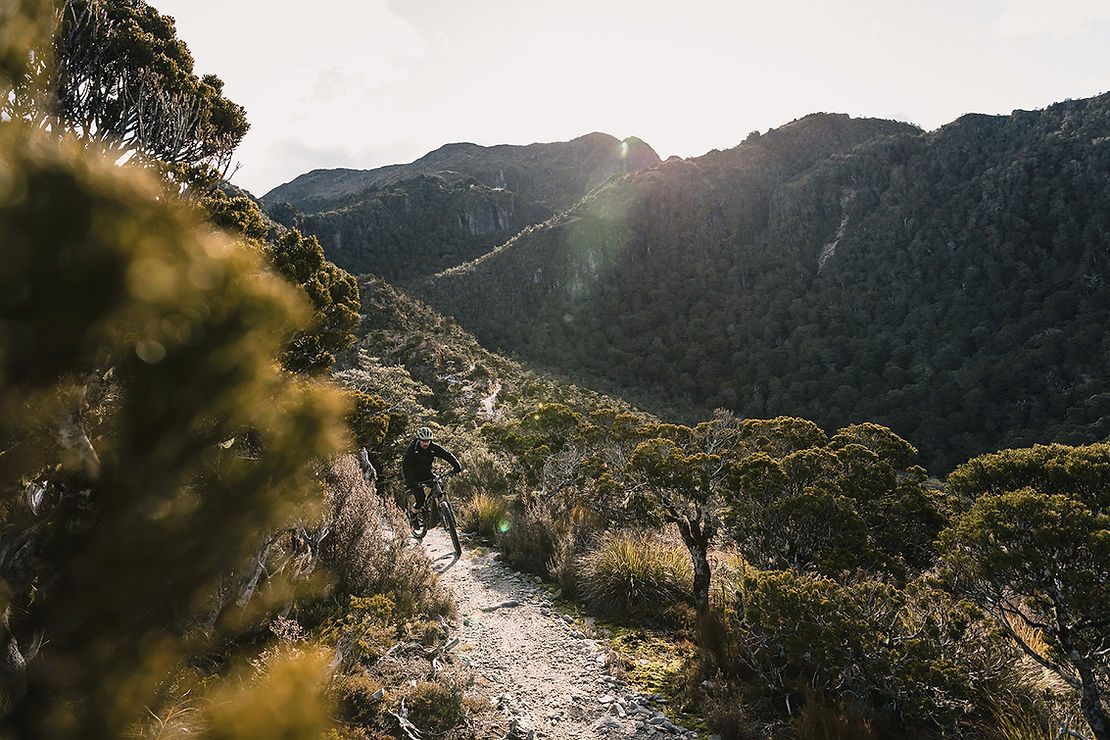
After a long time transferring from Christchurch, we bowled up on Seddonville Hotel. It’s deep and remote but has damn fine hospitality, cosy rooms, a roaring fire, wooden bar and eclectic bunch of people. In preparation for the mission we ordered pints of Speights and ribeye steak with fries - proper west coast food! After that, we hustled to get everything sorted for the next day’s adventure.
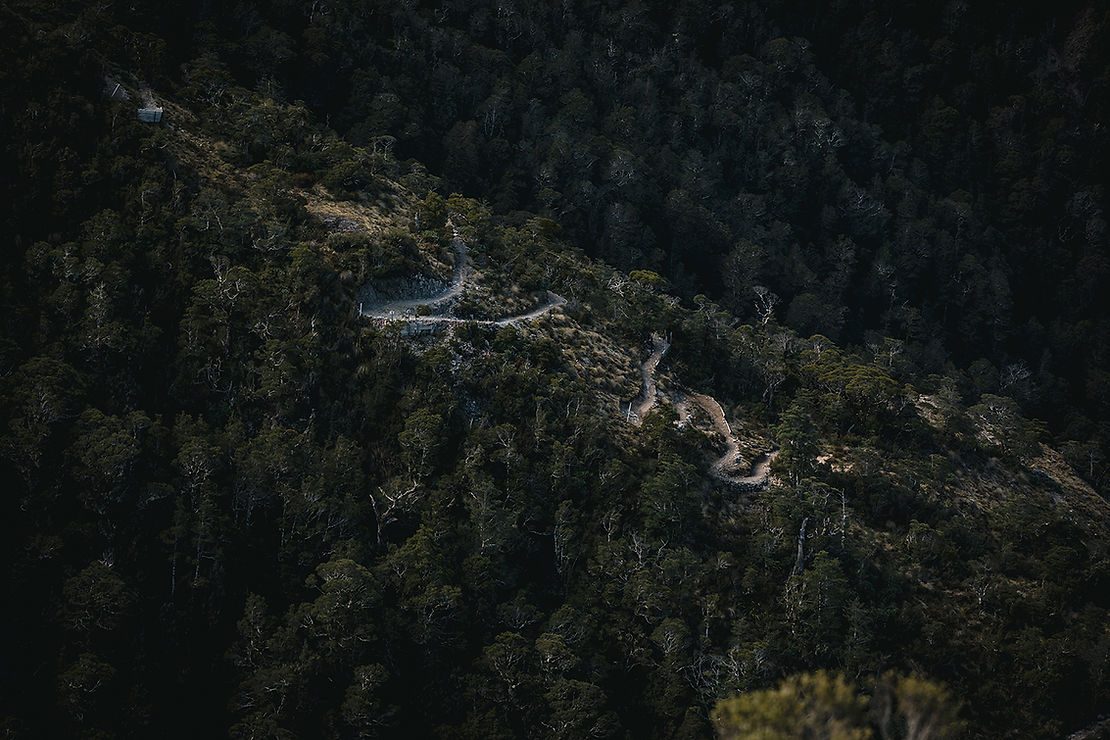
The first thing we did was charge the batteries on both bikes. We had a Cannondale Moterra and Trek Rail, both using the Bosch Performance Line CX with 625wh batteries. Bosch has a range finder on their website and we both ran it for the bikes, our weight and the trail conditions. It was spitting out around 75-81km for battery range across Old Ghost Road for both of us. Either way we knew it’d be touch and go. We threw all the essentials into our backpacks; I took the food, first aid kit, PLB (personal locater beacon) and 3L of water, whilst Cameron had to lug his cameras up the trail. I roughly estimated around 7kg for my bag and probably around 9kg for Cam’s camera bag.
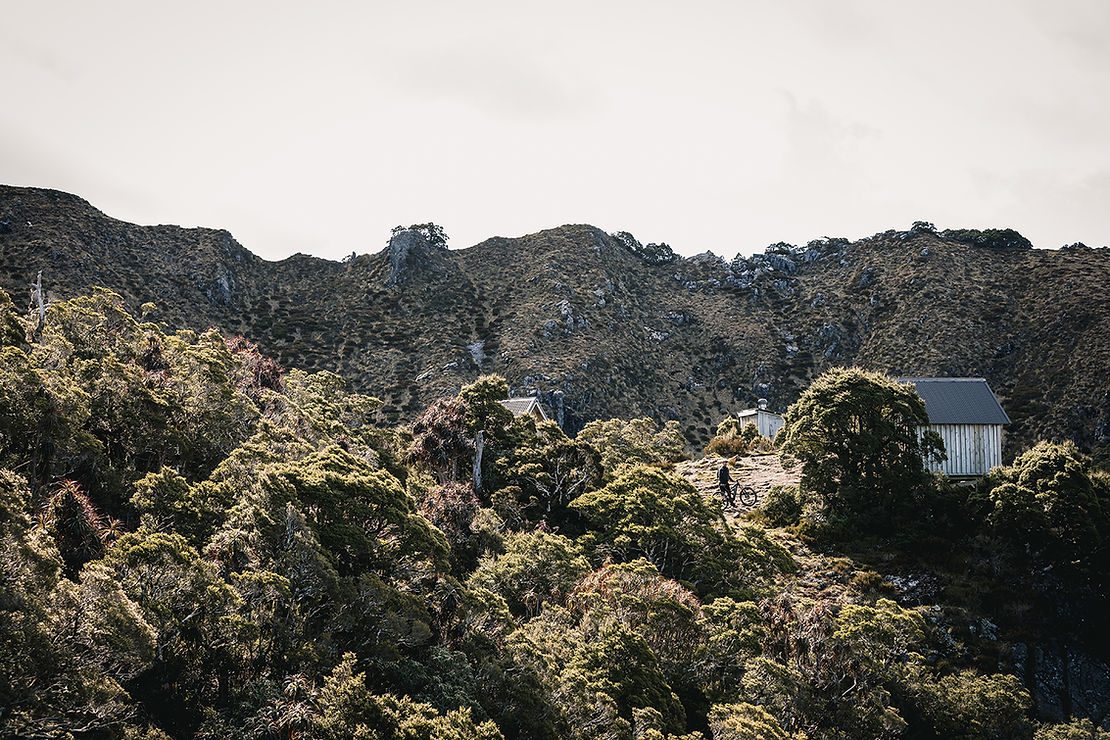
We finally hit the sack. As I lay in bed, the few beers helped the anxiety somewhat but I was still a little nervous. The next day dawned; I pulled back the covers and flicked on the jug. It felt cold and as I pulled the curtains back, they were stuck to the ranch-slider due to the moisture. I looked outside and there wasn’t a cloud in sight. The moon was shining its light over the quiet valley and the hills were still in darkness. The outside temperature was around two degrees. We downed some warm porridge and coffee, and rustled our packs before we jumped in the Ute and hauled round to the trail head in Lyell. The drive over had sunrise on offer, the layers of colour were incredible. Miners wearing hi-vis vests lined the roadside in the small towns of Buller’s coast, waiting for their shuttle pick-ups whilst we zoomed past. It was an incredibly clear day - hoots and hollers rang out between us about the day we’d scored. However, as we entered the Lower Buller Gorge, the mist and cloud began to hug the mountain ranges. As we ventured further on the road inland it got thicker. There was an eerie feeling about it, and again the anticipation of what lay ahead boiled up inside me.
Words: Liam Friary
Images: Cameron Mackenzie
Release: The all-new Canyon Spectral 29
"We’ve set out to engineer a trail bike to take on everything- no matter what the terrain, or who the rider. Using the existing, award-winning Spectral 27.5 as a starting point- we took all the things we loved, and added more. More capability and more versatility. With the all new Spectral, we believe we have created a bike which can truly sit alone in your garage- and meet the demands of whatever flavour of trail you throw at it. And if you hadn’t guessed already, it’s a 29er.
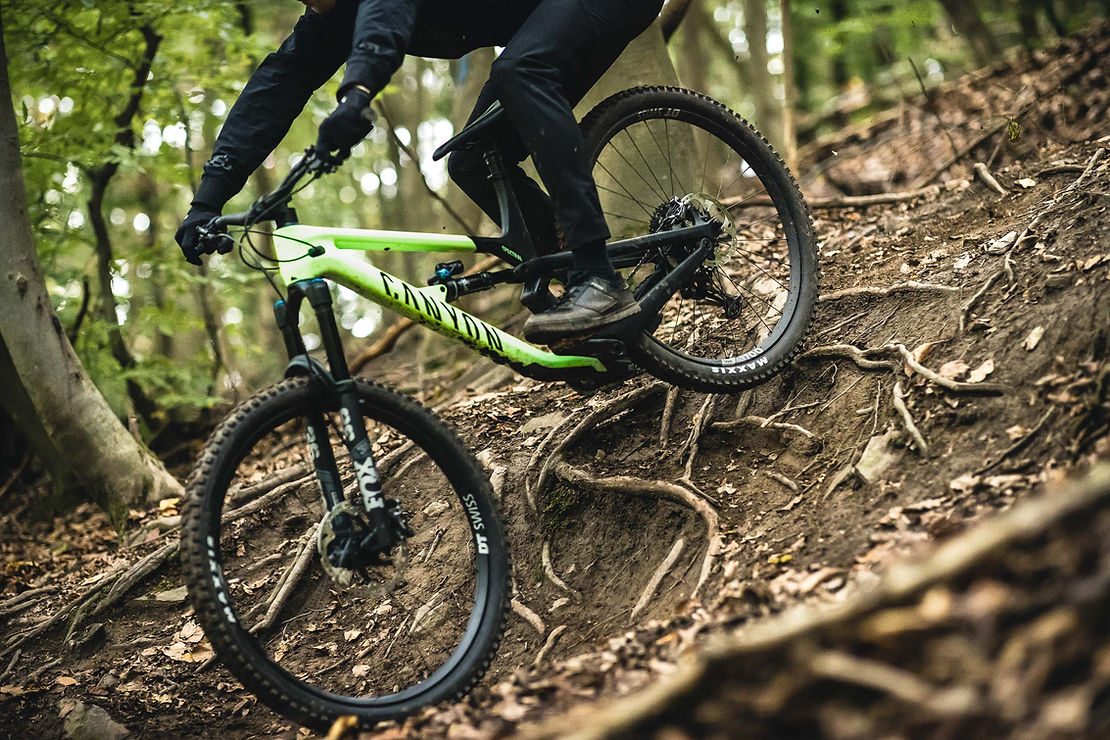
So, what’s new? Almost everything. ‘Almost’ being a key word here. The Spectral 29 CF has the same 150mm of travel and playful character on the trail as its smaller-wheeled brother. Rewarding every pump or hop and encouraging you to push harder and ride faster thanks to its Triple Phase Suspension kinematic. But here is where the similarities end. The Spectral 29 CF has an all-new carbon frame, designed from the ground up. At just 2,600 grams, it’s lighter and stiffer than before, offering the rider more direct control and increased confidence. The geometry has also been reworked; there’s more stability on the descents, as well as greater efficiency on the climbs- thanks to a slacker headtube angle, and steeper seat-tube. And to give you plenty of room to control the bike, the Reach is longer too.
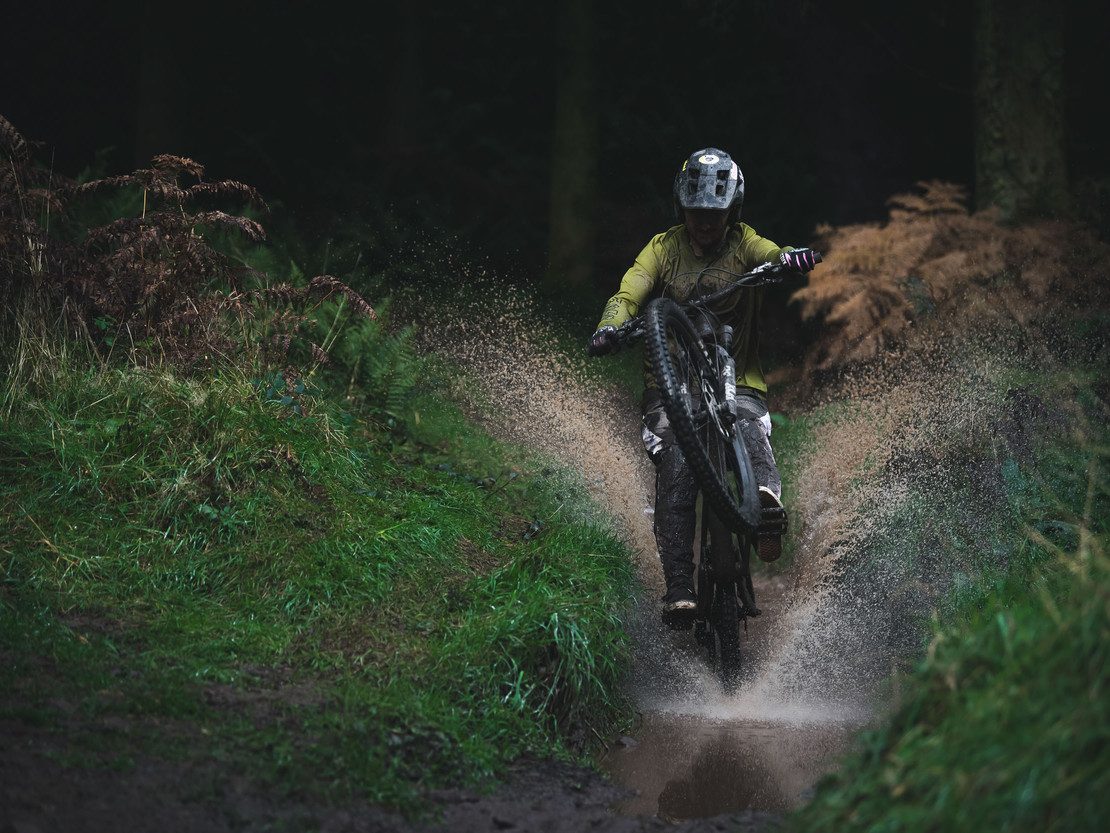
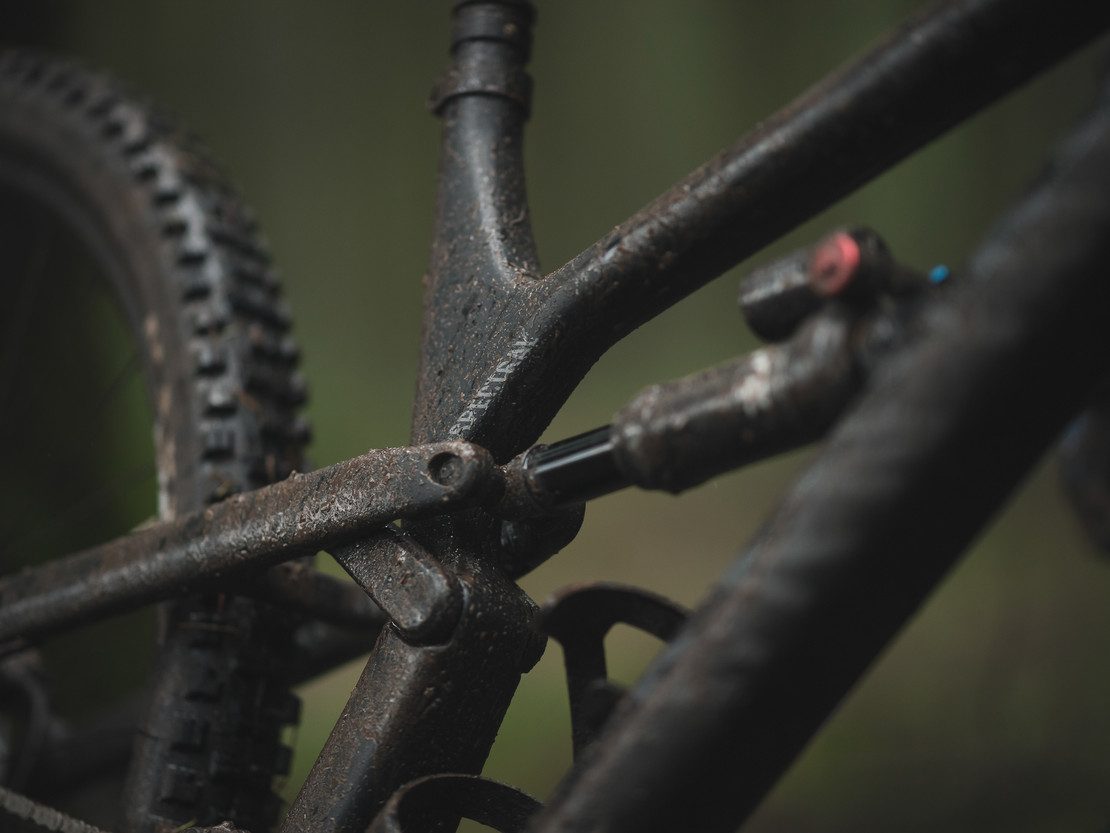



Recognising the huge variety of riders using a full-suspension trail bike, we carefully selected specification options to suit a range of ride styles. Starting at €3,299* the Spectral 29 CF 7 features the 35mm chassis of the Rockshox Pike Select RC fork, set at 150mm of travel- tuning the bike’s angles to perfectly suit all-round trail riding. Our ‘trail’ offerings are rounded off by the Spectral 29 CF 9 at €4,999* - with a 150mm travel Pike Ultimate fork, and a top-drawer SRAM X01 groupset, and carbon DT Swiss Wheelset. And for those wanting to shred – there’s the Spectral 29 CF 8 and Spectral 29 CF Ltd, featuring burlier Fox 36 forks at 160mm- slackening the geometry and upping the bike’s capability. They cost €3,999* and €5,999* respectively. Not enough options? To help dial in your setup even more- the Spectral 29 CF also features geometry adjust via a 2-position lower shock mount."

